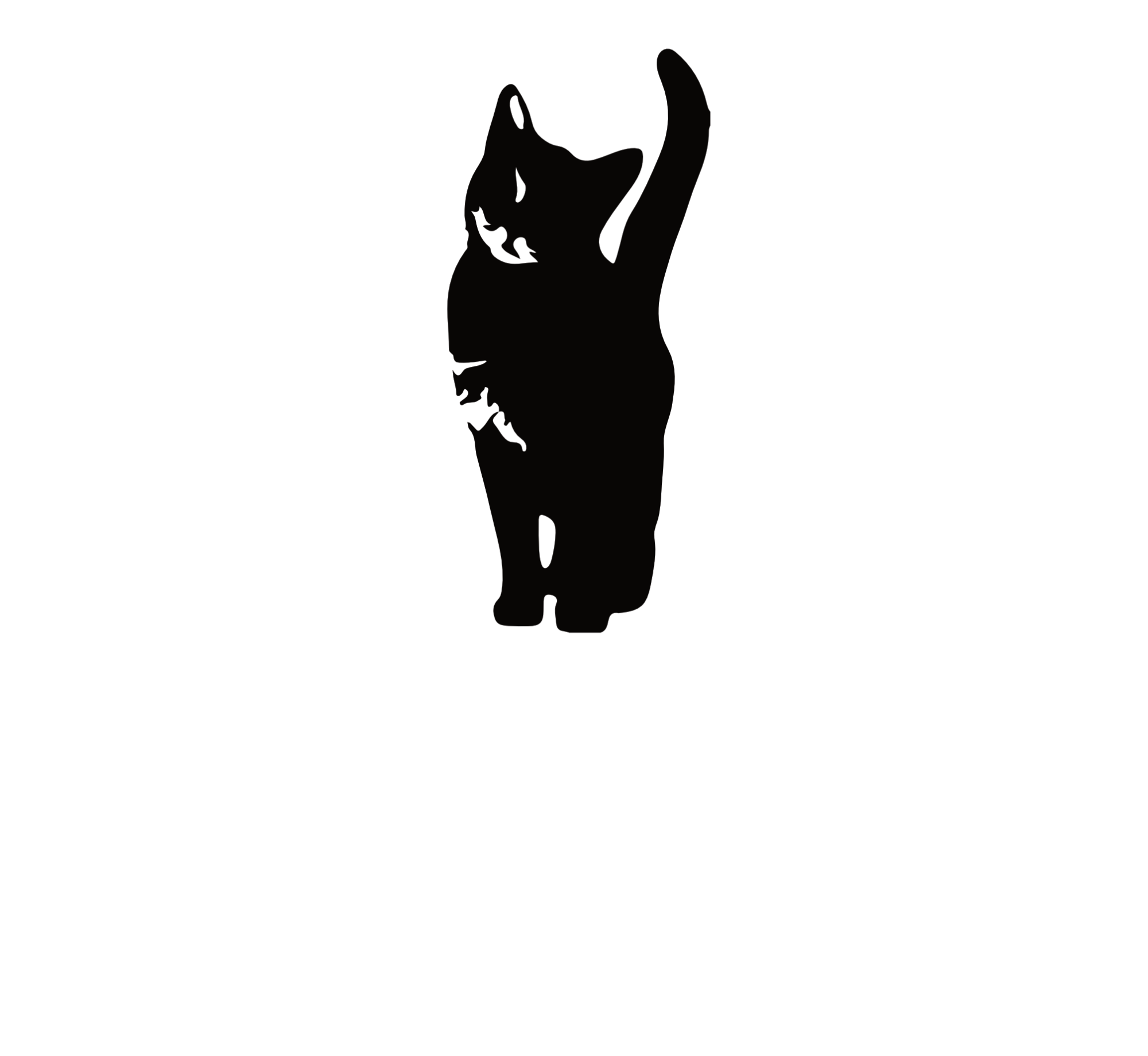The single most impactful way to make a meaningful and lasting impact on the customer experience is through directly impacting the customer in those critical ‘moments of truth’. Knowing what these are and how to act on them doesn’t happen by accident, they are created through experiential design.
“But surely, one does not merely ‘design’ an experience, do they?” the meme might read. Good question.
Historical Approaches to Doing Complex Stuff
Designing a customer experience is a complicated undertaking. In the history of humankind how we organize, conduct, and complete complex projects has a been a source of interest, study, and refinement for the better part of 4 millennia.
Surely the great pyramids were not done by shooting from the hip. Plans were drawn up. Architectural and mathematical principles were applied. Workflows and schedules were introduced. Workers were conscripted. Hookahs were smoked. One might expect a very rational linear process.
However, a review of history would argue that a pure linear process is not the source of humanity’s greatest accomplishments. Course corrections are often made on the way. Scrapping a large part of what was done or even “rebooting” completely happens often.
The scientists at Los Alamos in 1943 had a rough ‘plan’ to start with but was revisited when things did not work out as expected. An intellectual punt on the concept of compression yielded the birth of nuclear fusion which in turn brought World War II to a close. Phew!
As Albert Einstein said “If we knew what we were doing, it wouldn’t be called research.”
It turns out that controlled chaos is good for humanity.
The learnings are this: if we are overly strict and structured we fail to innovate, barreling down a predefined path and not looking up. If we have no structure and guiding princples, we just iterate aimlessly like a wind up toy bouncing across the table that eventually vibrates off the surface crashing to the floor.
These two approaches are book ends on a continuum that can be found in everything from the fine arts to the physical sciences. Somewhat ironically, no more apparent is this creative control-chaos tension than in the world of software application development with the move from “waterfall” to “agile” approaches.
Waterfalls
In the waterfall approach you specify the entire project, define it as tightly as possible, have it reviewed and approved, and then cut it into pieces for development. Bing botta boom! It is speced and you can now execute like building a house.
The pros of this approach are that you have the scope of work defined and then can be very efficient in planning and executing it. The downside is, no matter how good your plan is, you always run into the “unknown unknowns” if it is a unique (i.e., not mass produced) product. If those exceptions are not handled right, it can deliver a death sentence to a project. Also you run into the issue of waiting for the “grand unveiling” which can disappoint if expectations are misaligned.
Agile
Enter agile development approaches. In this approach we have a rough master plan but iterate out chunks of observable work in the hopes of arriving at a Minimal Viable Product (MVP). The plus side of this approach is we can see the work in progress and course correct as we go. The challenge with agile is to not veer off in undesired directions and miss the original intent. The ‘squirrel’ factor can be a big distractor in the agile approach if not carefully managed.
Planned Agile
Can we combine these two approaches in CX design? I think so. We list purposely toward agile, but keep in mind our overall CX objective. We need to be ready to go in and experiment. We need to hash out some good enough (field) hypotheses and then implement them in a controlled environment and see what happens. We need to include the employees and the customers in the development of these ideas. We should have good measures in place to help us determine what is working and what is not; operational, behavioral, cognitive, and emotional. The guiding principles to your success in implementing CX lay in being simple, fast, local, and iterative.
- Simple – overly complicated schemes die under their own weight. Make it a concise and simple idea.
- Fast – let’s get the concept out there. Let’s test with data. Long testing periods grow stale. Stakeholders become disinterested. Let’s fail fast.
- Local – everything happens at the local level. When retailers see success, then we can use that grass roots success to spur deployment at a larger stage. If it fails, the risks are relatively low.
- Iterative –you will have complete duds. More often the execution needs to be tweaked and refined. Don’t be afraid to kill off the duds. But don’t confuse suboptimal execution with theory failure.
Selling More Booze
Let’s take a simple example of post purchase assistance. We might find from proper journey mapping that an area of opportunity is post purchase assistance at a beer and liquor distributor. We observe that for this particular retailer, the average purchase is not only high in dollars, but also high in weight. We hear that customers sometimes struggle to carry their alcoholic loot to their vehicles. We want them to carry more booze to their car. An area of opportunity?
We hypothesize by making a modest investment in assisting customers load their purchases from the store will result in better retention and increasing basket size over time. We construct a test. At this point we can either have a trial store test yoke with a similar other store or a pre-/ -post design. I can walk you through those boring details some other time.
Next, we implement the new intervention (employees assisting customers to their vehicles) and observe the changes in the operational and financial metrics. We might also want to ask customers directly about their perception. Is this helpful? How can we improve this? Is this something we should continue? Is this something that would make you want to return. We may also want to talk the employees about what they think.
This kind of micro-intervention can be carried out in a few weeks and then be tweaked or simply discarded. If it works; awesome. Let’s continue to do it, and do it better. If it doesn’t, let’s fail fast and move on to the next thing.
The point is to be continually testing, revising, and improving using operational, behavioral, and attitudinal metrics as our guides to success. Let’s not over complicate it. We need to have a master plan but be willing to adapt. We also need to be agile in testing. Find out what’s working and what’s not. Quickly, simply, and iteratively testing ideas at a local level will be the key to making a bunch of small wins…that can add to big ones very quickly.



